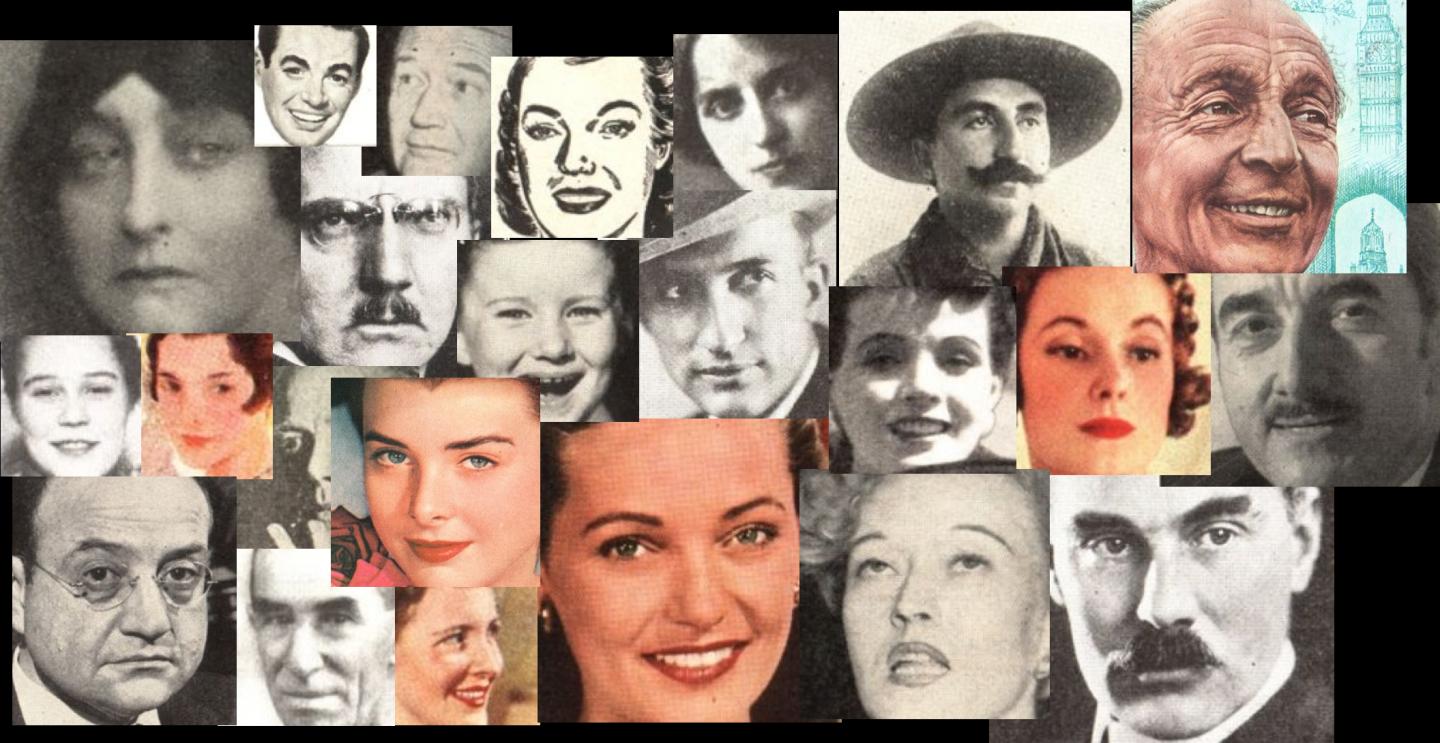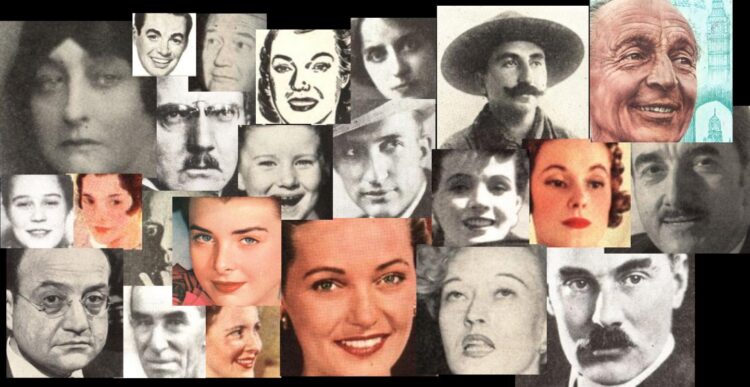Study co-authored by Chapman University computational psychologist shows how varying images of female faces reflect changing societal attitudes towards women

Credit: Ana Jofre
In a paper published in Journal of Cultural Analytics, an interdisciplinary group of researchers used machine learning to extract 327,322 faces from an archive of Time magazine containing 3,389 issues dating from 1923 to 2014. The gender of each extracted face was computationally classified. Additionally, researchers chose a sample of articles for close reading in order examine the socio-political and cultural environment of select time periods. Titled the Faces of Time project, findings reveal that the proportion of female faces contained within this archive varied over time. The percentage of female faces between the 1940s and 1990s correlates with varying the attitudes towards women in both the larger historical context, as well as within the textual content of the magazine.
“The depiction of women in Time magazine has significantly fluctuated throughout the magazine’s existence,” said Vincent Berardi, assistant professor of computational psychology at Chapman University and co-author of the study. “The Faces of Time project found that patterns in women’s visual and textual representation mirror prevailing social trends throughout history.”
The researchers’ data found four clear phases in the fluctuation of the magazine’s female representation. The first phase reflects a peak in the mid-to-late 1940s; then, a dip from the mid-1950s to early 1960s; a peak later occurred in the 1970s; and another dip occurred in the 1980s. Since the early-1990s, the number of female faces depicted in Time has risen steadily. The researchers saw that more images of female faces were presented during eras where women took on an increased participation in public life, and less images were shown during periods characterized by a backlash against feminism.
The Faces of Time project is significant in its blend of traditional humanities studies with advanced machine learning, which provides a new method to interpret cultural history.
“The research is grounded in the view that the increased digitization of cultural artifacts, both past and present, offers an unprecedented opportunity to understand novel features of our culture at previously unimaginable scales. Interdisciplinary partnerships such as this are a necessity for fully exploring these phenomena,” said Berardi.
As the popularity of social media and photo-sharing platforms continue to rise, the world will increasingly absorb information through visuals over text, making the Faces of Time’s focus on images especially relevant.
Berardi was joined in the research by Ana Jofre at SUNY Polytechnic Institute and Josh Cole at Queen’s University.
###
About Chapman University
Founded in 1861, Chapman University is a nationally-ranked private university located in Southern California. Chapman is categorized by the Carnegie Classification as an R2 “high research activity” institution and offers personalized education to more than 9,000 undergraduate and graduate students. The campus has produced a Rhodes Scholar, been named a top producer of Fulbright Scholars and hosts a chapter of Phi Beta Kappa, the nation’s oldest and most prestigious honor society. Based in the City of Orange, Chapman also includes the Harry and Diane Rinker Health Science Campus in Irvine. In 2019, the university opened its 11th college, Fowler School of Engineering, in its newest facility, Keck Center for Science and Engineering. Learn more about Chapman University: https:/
Media Contact
Bethanie Le
[email protected]
Related Journal Article
http://dx.





